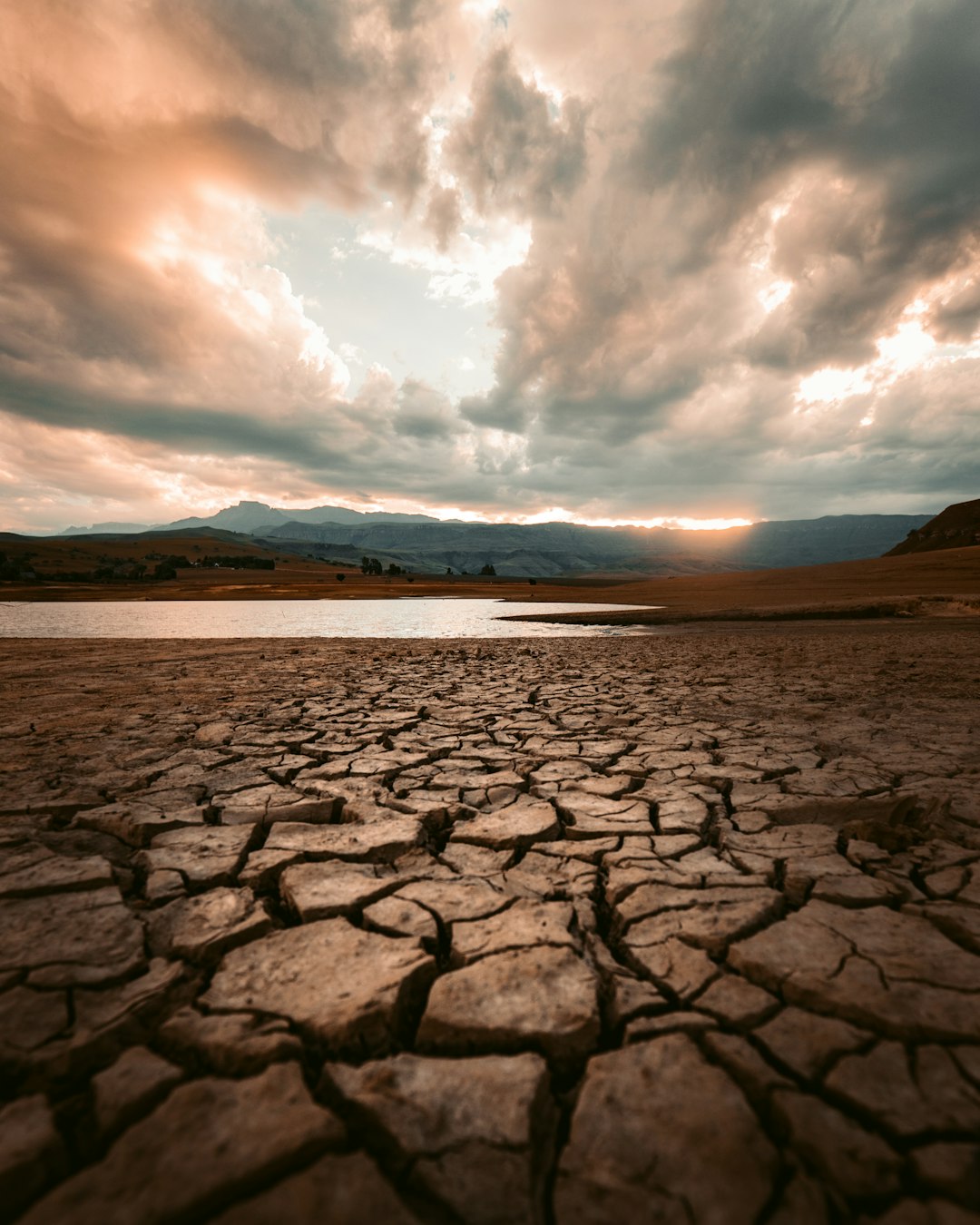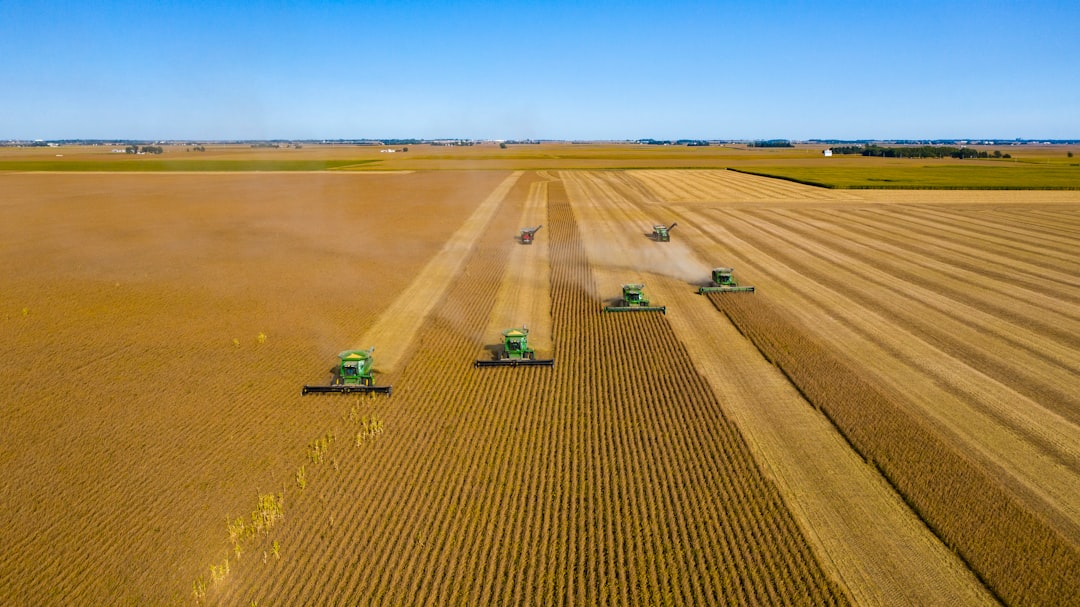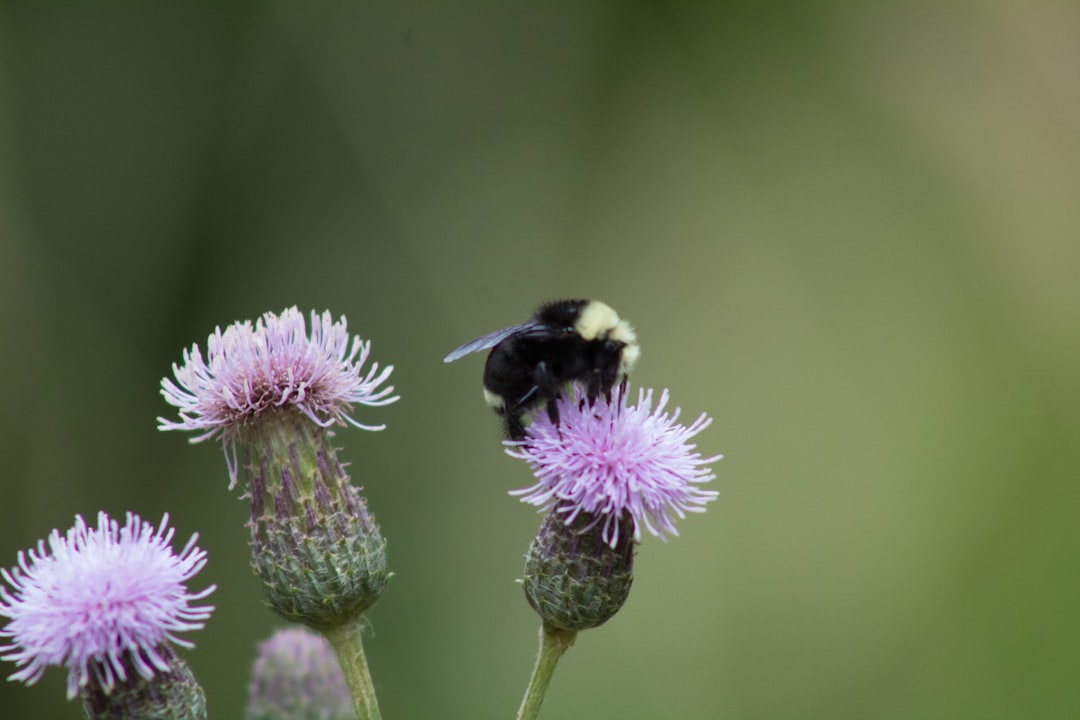
In the past couple of weeks, most of the Northern Hemisphere has experienced unprecedented heat waves (United States, Europe, China) And while the media is reporting it, the climate change story is often overlooked, or even completely disregarded.
What does this have to do with food? Everything. A quote going around the internet for a while now says “Despite all our accomplishments, we owe our existence to a six-inch layer of topsoil and the fact it rains.”
A few weeks ago a friend of mine sent me this article about the future of food. We were both a bit frustrated by its shallow brevity. Ever since, I’ve been thinking about the future of food (this may end up being a multi-part series, so just keep that in mind!).
I decided to dig into who else had written about the future of food. Bon Appetit did a slightly better job with their more in-depth article, but while it mentions changes to agriculture as climate change looms, the one thing that is missing from the conversation is food transportation and food production energy, all of which right now is powered by fossil fuels.
Most of the debate about the future of food takes two tacks - the hyper-futuristic technology-oriented solutions like lab-grown meat and dairy substitutes, crops genetically modified to withstand climate change, and 3-D printing; and the more pessimistic version that has us dealing with the extinction of crops like bananas and avocadoes and eating insects and algae instead.
It can be scary to think about the future these days. Climate despair is real. But when it comes to food, I propose we look to the past for inspiration for the future. This is the first of a series of posts on some things we could do now or in the next few years to have a big impact on how we eat, and reduce CO2 emissions, inspired by things we have already done successfully in the past.
Let’s start at the source

It has long frustrated me that agricultural history is considered separate from food history. The more venerable and older field of study has generally ignored how agricultural products were used after harvest, which is silly. Agriculture and food are intimately intertwined.
And as we face an increasingly destabilized climate, flexible, diversified agriculture is going to be come increasingly important. Sadly our modern conventional agricultural system is heavily reliant on fossil fuels, not just for transportation and processing, but for production. Conventional agriculture relies on enormous machines powered by fossil fuels. It relies on chemical inputs derived from fossil fuels. Anhydrous ammonia, artificial nitrogen, uses natural gas as the primary source of hydrogen, and many pesticides and herbicides are also derived from fossil fuels.
Most of the predictions for the future of food assume that agriculture will remain stable and productive. That’s a mistake. We’d be better off looking to the lessons of the past for advice on how to cope with the challenges that face us in the future. Here are some suggestions for how we could learn from the mistakes and successes of the past.
Plant diversified, localized crop varieties
Most modern agriculture is based on hybridized or genetically modified foods where a single variety is cultivated above all others. Cavendish bananas, Haas avocadoes, and the Florida citrus industry are all good examples of why this is a bad idea - mono-cropping single varieties leaves them very vulnerable to disease. Diversified agriculture means crop rotation to prevent transmission of disease to annual crops (like grain and vegetables), and interplanting to prevent transmission of disease in perennial crops (like fruit and nut trees). Diversified agriculture can also support more beneficial wildlife.
Historically, through seed-saving, people created varieties adapted to their local conditions. Some agronomists are already working on climate-ready seeds by stressing them (think planting too close together, not watering, etc.) and only saving the most successful plants. But hybridizing has resulted in some important gains in disease resistance.
Some of this is already happening, like the research into Kernza, but patenting seeds isn’t the future. Public funds used by public universities to conduct research should not be paywalled. We should combine the two techniques and reinvest in experiment stations at agricultural universities to develop more localized seeds. Right now agricultural research tends to be highly specialized and applied to the whole nation. We need to meet the needs of local microclimates instead.
Historically, agricultural colleges had local experiment stations to do field research across their area of service. We should revive this practice. Let agricultural colleges and universities return to serving their neighbors with research that supports small and mid-sized farms as well as they have large corporate farms.
Strengthen native ecosystems

Although most of the foods Americans eat were introduced to North America from elsewhere (notable exceptions include cranberry, blueberry, maple syrup, squash, and corn), native ecosystems are incredibly important for one reason only: insect apocalypse.
Most fruits and vegetables rely on insect pollination to create fruit and seeds (some, like corn, are wind-pollinated). While European livestock bees can help, native bees, wasps, butterflies, moths, and even flies do most of the work (when people introduce honeybees into an area but do NOT plant forage for them, they outcompete native bees, reducing native bee populations even further).
We can stave off the insect apocalypse and strengthen biodiversity by restoring native ecosystems and combatting invasive species. We can certainly eat our invasives, but invasive species crowd out or destroy native species - upending the ecosystem balance. Destruction is more important than deliciousness. All invasive species were introduced by humans, and out-compete native species (not every non-native plant is invasive). Nothing eats them, so they spread unchecked. By getting rid of invasive species and, more importantly, restoring native species, we can improve biodiversity and support animal and insect populations, especially important pollinators upon whom our food system relies.
Restoring our suburban yards and urban parks to native habitat and planting native prairie and plant strips on farms can all go a long way toward stabilizing insect and bird populations, as well as improving soil and groundwater quality. And as for public lands, one of the best ways to improve biodiversity and conservation is to return land to Indigenous management.
Care for our topsoil
“Despite all our accomplishments, we owe our existence to a six-inch layer of topsoil and the fact it rains.”
As the quote says, we’re awfully reliant on just a few inches of topsoil, and even that is getting even thinner. Most people associate soil loss with the Dust Bowl, which was a series of related events that resulted in one of the biggest agricultural disasters in American history. Starting in World War I, marginal land in the west was put to the plow in an effort to increase food production. Following the war advances in machinery, cheap credit, and a hungry Europe increased demand for agricultural products. But a series of prolonged droughts throughout the Great Plains, combined with a decline in demand as Europe resumed its own food production led to a collapse in agricultural markets in the US - one of the primary causes behind the Crash of 1929. These factors, combined with poor land management practices including plowing marginal land, destructive plowing, and lack of soil conservation practices, led to topsoil blowing away by the acres. Even as far north as North Dakota, which was not considered part of the official Dust Bowl, they were called the “Dirty Thirties,” because of drought and dust storms. But while the Dust Bowl was a crisis of epic proportions, it has not been the only instance of topsoil loss.
In fact, in the last 160 years, the United States has lost more than 50 trillion metric tons of topsoil, mostly due to destructive plowing practices. Although the linked Smithsonian article indicates that this is “in spite of” soil conservation practices adopted after the Dust Bowl of the 1930s, from what I can see, most of those practices are not often implemented by farmers today. Especially on the Great Plains, where shelterbelts are being removed, larger and heavier machinery is compacting the soil and killing beneficial microbes, and fewer farmers are using contour plowing, crop rotation, or even growing cover crops. Despite the risks, plowing in a straight line is easier to do and easier to harvest, especially with GPS-controlled equipment. But nothing makes me cringe more than seeing a line of furrows heading straight down a hillside. I also see plenty of bare soil in winter - plowing in the winter makes spring planting easier, but also exposes the soil to further erosion. Farmers need to be incentivized to do better.
Conserve our water
70% of the world’s fresh water is used in agriculture, and as much as 40% of that is wasted. In addition to general waste, conventional agriculture can also result in significant water pollution due to overuse of chemical inputs like fertilizers and pesticides. Conventional farming practices have lead to an enormous Dead Zone in the Gulf of Mexico, toxic red tides on the southern coast, and toxic algal blooms in lakes, rivers, and streams throughout the US. But it doesn’t have to be like this.
Instead of using airborne spray irrigation and open irrigation canals, there are several options. In areas with adequate rain, bio-swales can help prevent runoff (which can lead to nutrient and soil loss) and can be designed to capture and hold rainwater right where crops need it the most. This can be especially helpful with perennial crops like fruit and nut trees and shrubs. In areas where rainfall is inadequate and canal-based irrigation is needed, we should really be asking ourselves if those are the best places to grow water-intensive crops. But a good go-between adaptation is to cover open irrigation canals with solar panels. The shade helps prevent evaporation and produces electricity at the same time.
Water is a finite resource, and thanks to contamination from forever chemicals, our available supply of clean freshwater is ever-shrinking. Cropland is also increasingly contaminated. Climate change is going to make both droughts and floods worse. We need to prepare.
Adapt planting plans to climate change

We’re already seeing the effects of climate change on agriculture, and not just due to droughts or natural disasters. Seasons are shifting, too, and that can be a big problem for perennial crops (wildlife, too). Almost all fruit and nut trees require a certain number of “chill hours” in order to properly bloom and germinate fruit. As climate shifts, tree crops may suddenly find themselves in a region which no longer provides enough chill hours to get a harvest. Maple syrup production is also moving farther north as a good sap run requires temperatures above freezing during the day and below freezing at night. As temperatures warm too quickly in the spring, the sap run is dramatically reduced.
For annual crops like grain, the USDA provides few incentives to adapt to climate change, and some policies may actually disincentivize adaptations. For instance, it is often more lucrative for farmers to plant crops they know will fail so that they can collect crop insurance, rather than adapt planting practices or crop varieties to our changing climate. Although specialty crop insurance is available for crops like fruit, nuts, and vegetables, it is cost-prohibitive to carry insurance for many diversified farms. The USDA and other government agencies could do far more to support mid-sized farmers, support diversified agriculture, and could make conservation and climate adaptation practices requirements for loan awards. (Not to mention all the reparations the USDA owes for decades of racism, loan denials, and dispossession of Black farmers.)
Fixing the future of farming
There’s certainly a lot to do, and agriculture is incredibly complex, and it needs complex and far-reaching solutions. No farms, no food.
Agriculture in the United States is incredibly subsidized (the primary reason behind the collapse of Mexican agriculture and the rise of drug cartels, but that’s another story). We can leverage those subsidies to require improvements to how we grow, harvest, and manage crops in the United States. We can also expand financial and informational support for farmers to grow varieties adapted to their local climates, diversify their farms with multiple crops and insect-supporting native plants, plan ahead for changes to the seasons, and support the next generation of farmers. Because housing prices aren’t the only thing being driven up by hedge fund managers and investment corporations buying up single-family homes - farmland is increasingly purchased by investors, too, pricing out people who actually want to farm.
Stay tuned next week as we tackle the issues of food transportation!




So difficult not to give in to “climate despair” these days, but we mustn’t. There’s too much to do. I appreciate your broad look at this issue, Sarah. As a Californian who has gotten spoiled by the plentiful agricultural bounty of this region, I know its future is hanging in the balance and depends on human action to avert catastrophe. I look forward to your future posts on this subject.